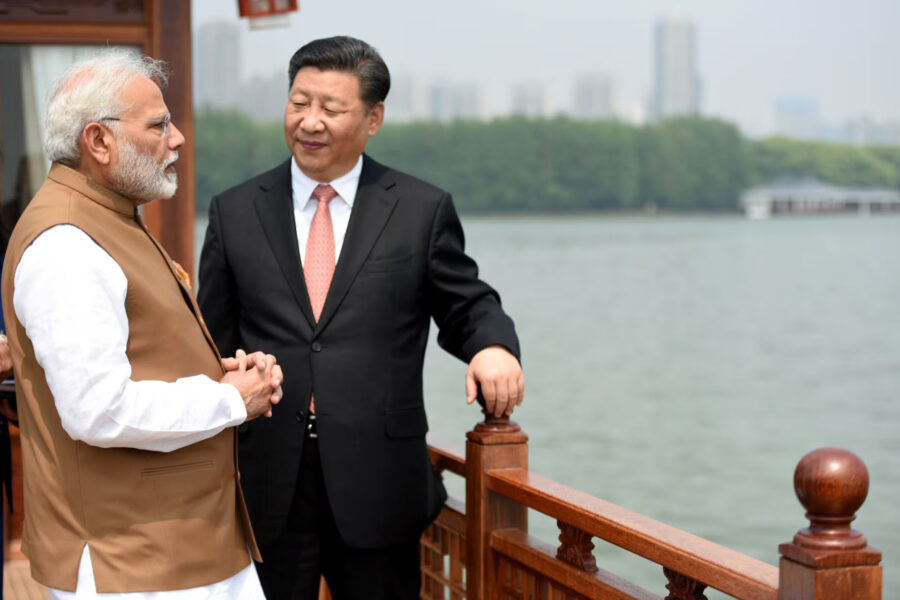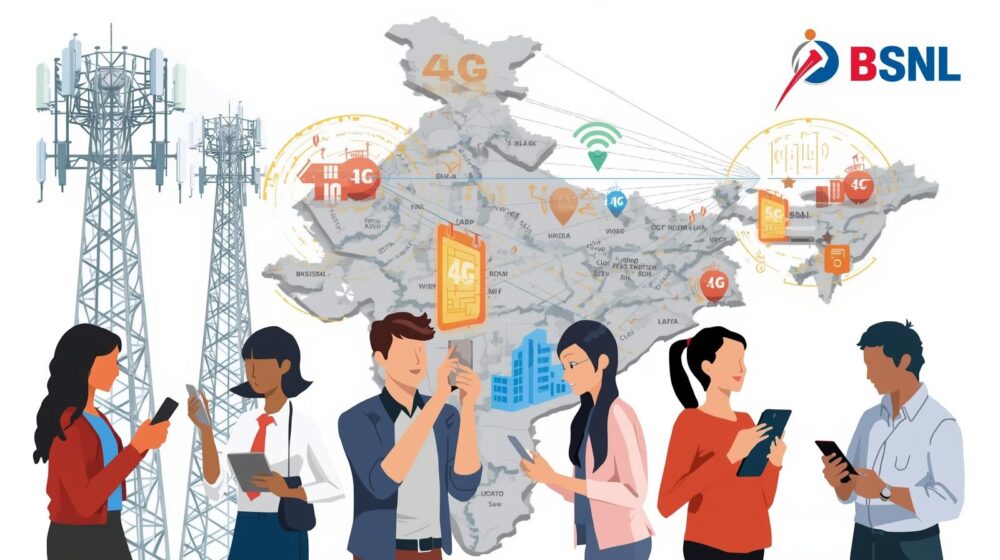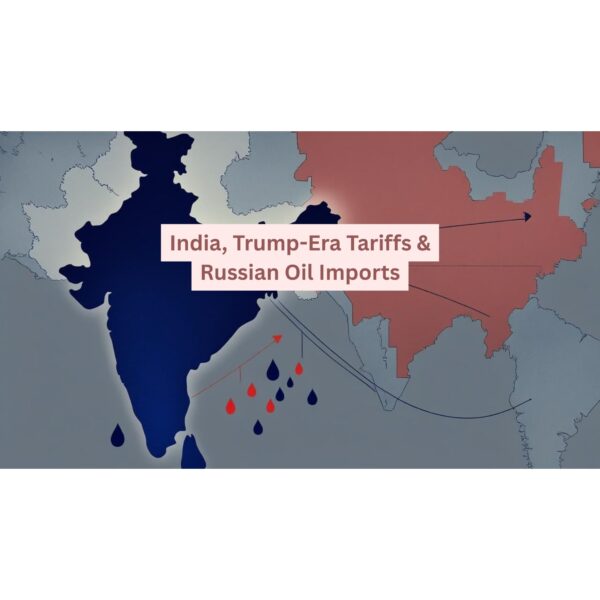One of the most followed developments in diplomacy in recent times is the PM Modi China Visit India 2025. It will be the first visit of Indian Premier Narendra Modi to China after the Galwan conflict in the year 2020, and therefore his presence at the Shanghai Cooperation Organisation (SCO) Summit marks a strong shift in India’s foreign policy approach. It is not a diversionary diplomacy ritual-this visit marks a new era of Indian- China relations and the geopolitical equilibrium in Asia.
Why the PM Modi China Visit Matters
PM Modi China Visit does not hold any symbols, but is strategic. Following the five-year diplomatic freeze happening because of the border tensions, especially the Galwan valley conflict, this visit is a tentative but strategic step forward taken by the two countries to restore the communication process.
PM Modi is visiting the SCO Summit in Tianjin, and in that process, he is asserting Indian commitment to multilateral cooperation and also giving India its role in the security and trade talks in the region. The decision to make this Visit also shows the Indian desire to diversify its level of connections at a time when there is an emergence of uncertainties in the world.
India–China Relations Since the Galwan Clash
Much of the relationship between India and China has been very complex and tense at best. More recently, the 2020 Galwan Valley clashes have adversely affected bilateral relations to the extent that high-level visits and dialogues have been suspended. Yet, the two countries have ensured that there are open channels of military and diplomatic negotiations to ease the tension along the border.
The PM Modi China Visit is the initial high-level visit since the clashes and indicates readiness to move forward by way of a dialogue. It is also preceded by a series of defence and external affairs meetings to pave the way to peace and cooperation.
Check This: India’s Tariff Strategy & Russian Oil Imports Amid Trump-Era Trade Policy
Focus Areas at the SCO Summit
Whether one looks at the SCO Summit or any other government meeting, certain issues will stand in the spotlight:
1. Regional Security and Terrorism
India had always stressed the need to fight terrorism. PM Modi will probably insist on doing more and collaborating among the SCO countries more than before, particularly in light of recent events and insecurity in the threat of cross-border interference.
2. Trade and Energy Cooperation
With the world trade routes seeing a new shape and energy security emerging as a serious problem, India is probably going to exploit this occasion to negotiate balanced trade, energy access and the necessity to have oil sources diversified.
3. Multilateral Diplomacy
PM Modi China Visit adds to the Indian devotion to the regional systems. It also allows India to project its position as a neutral country in major power rivalries, particularly in shifting equations with the West and Russia.
Significance of Timing
This is a critical time of visit. In the wake of increasing tensions in the world, which may take the form of economic downturns, power blocs, or protectionism, the involvement of India in the SCO is indicative of the country’s role in leading and dominating the regional dialogue.
In addition to this, this visit is timely because India has experienced some strained relations with the Western allies over trade differences. The PM Modi China Visit makes it possible to recenter the diplomatic priorities and safeguard the national interests.
Checkout This Out: Thailand and Cambodia reaffirm ceasefire after China‑brokered meeting in Shanghai
Expected Outcomes
While no breakthrough agreements are expected immediately, the visit can set the stage for future collaboration in key areas such as:
- Border dispute resolution mechanisms
- Cross-border trade agreements
- Joint counter-terrorism operations
- Cultural and educational exchanges between the two nations
These possibilities indicate that the PM Modi China Visit could evolve into more than just a one-time engagement—it could pave the way for a new era of cautious but constructive diplomacy.
Challenges Ahead
Despite the optimistic tone, there are several challenges:
- Deep-seated mistrust post-Galwan
- China’s support to Pakistan on global platforms
- India’s pushback against Chinese investments in sensitive sectors
Thus, while the PM Modi China Visit holds promise, it also demands strategic caution and well-crafted diplomatic maneuvering.
Conclusion
The PM Modi China Visit is a carefully calculated move that blends diplomacy, regional leadership, and geopolitical balancing. It is not merely about attending a summit—it’s a strategic signal to the world that India is ready to engage, assert, and influence.
As Asia witnesses shifting alliances and power structures, India’s re-engagement with China through multilateral platforms like the SCO could set the tone for a more cooperative future—or at the very least, keep conflict at bay. Whether this Visit opens new doors or simply buys more time, it unquestionably marks a milestone in India’s evolving foreign policy.
Read More: Thailand–Cambodia Border Clashes and Ceasefire Explained





